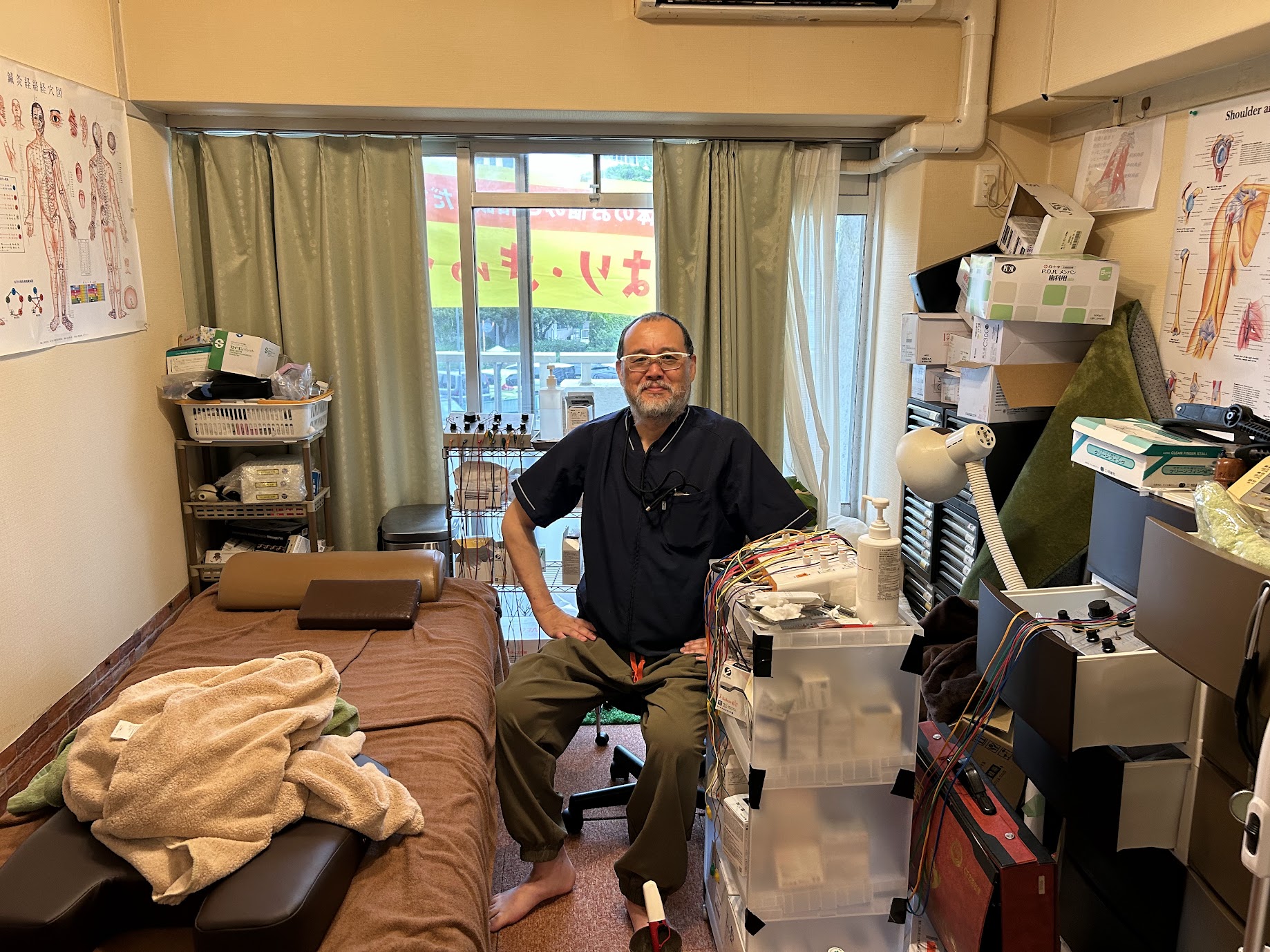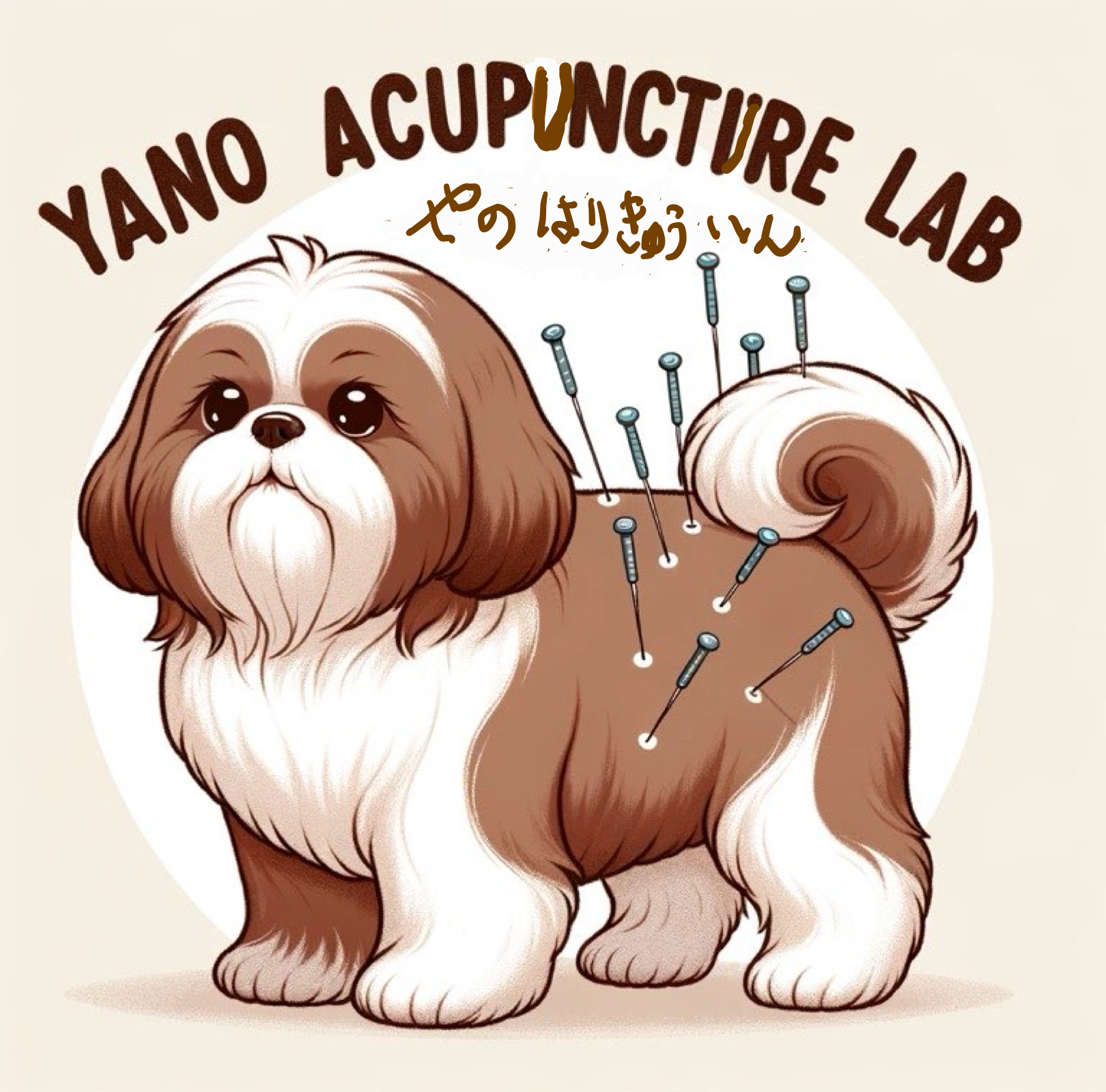
Acupuncture and moxibustion are traditional East Asian medical practices that have been refined over centuries, particularly in Japan, where they have been adapted to suit local health needs and cultural contexts. These therapies, rooted in the concept of balancing the body’s energy (Qi), are widely sought for their ability to address a range of conditions, from chronic pain to stress-related disorders. In the Chiba Prefecture, the cities of Shin-Urayasu, Ichikawa, and Gyotoku host several reputable clinics offering these services. This article explores the offerings, benefits, and unique aspects of acupuncture and moxibustion clinics in these areas, providing insights for those seeking holistic health solutions.
Understanding Acupuncture and Moxibustion
What is Acupuncture?
Acupuncture involves the insertion of fine, sterile needles into specific points on the body, known as acupoints, to stimulate the body’s natural healing processes. These points are located along meridians, pathways believed to conduct energy throughout the body. By targeting these points, acupuncture aims to restore balance, alleviate pain, and promote overall well-being. In Japan, acupuncture is often characterized by gentle, shallow needle insertion techniques, designed to minimize discomfort while maximizing therapeutic effects.
What is Moxibustion?
Moxibustion complements acupuncture by applying heat to acupoints using moxa, a material derived from dried mugwort leaves. The moxa is shaped into cones or sticks, ignited, and placed near or on the skin to generate warmth that penetrates deeply, stimulating blood circulation and relieving conditions such as chronic pain, stress, and digestive issues. Japanese moxibustion techniques, such as those using bamboo tubes or the Nepal Moxa Pole Method, are noted for their precision and reduced smoke production, enhancing patient comfort.
Benefits of These Therapies
Both acupuncture and moxibustion are recognized for their ability to treat a wide range of conditions, including lower back pain, stiff shoulders, arthritis, insomnia, and gynecological issues. The World Health Organization acknowledges acupuncture’s efficacy for over 100 conditions, highlighting its role in addressing underlying causes without the side effects associated with long-term medication use. These therapies are particularly valued in Japan for their gentle approach, making them suitable for children, elderly patients, and those with heightened pain sensitivity.
Acupuncture and Moxibustion in Shin-Urayasu
Tashiro Shinkyuin: A Beacon of Holistic Care
Located in Shin-Urayasu, Tashiro Shinkyuin stands out as a prominent acupuncture and moxibustion clinic, led by Kazuhiro Tashiro, a licensed practitioner with a focus on autonomic nervous system disorders, psychological issues, and gynecological conditions. The clinic, situated at 1F Lumie Urayasu, 4-16-19 Kitazakae, Urayasu City, operates with a commitment to gentle and soft acupuncture techniques, ensuring a comfortable experience for patients.
Tashiro Shinkyuin is particularly noted for addressing modern health challenges, such as sleep disorders and orthostatic syncope, which are prevalent among students in Urayasu’s education-focused community. The clinic’s approach is informed by Tashiro’s personal experiences, having transitioned from a career in sales to acupuncture after witnessing colleagues struggle with mental and physical health issues. This background fuels a patient-centered philosophy, emphasizing maintenance and prevention over merely treating symptoms.
Clinic Operations and Accessibility
Tashiro Shinkyuin operates from Tuesday to Friday, 9:00 AM to 12:00 PM and 8:00 PM to 10:00 PM (reservations close at 6:00 PM), and on Saturdays from 9:00 AM to 12:00 PM and 2:00 PM to 5:00 PM. The clinic is closed on Sundays, Mondays, and national holidays. Its location, a 13-minute walk from Urayasu Station, makes it accessible for residents and visitors. Appointments can be made via phone at 047-354-3340, and further details are available at their website.
Acupuncture and Moxibustion in Ichikawa
Overview of Clinics in Ichikawa
Ichikawa, a bustling city in Chiba Prefecture, is home to several acupuncture and moxibustion clinics that cater to diverse health needs. While specific clinic names are less prominent in available data, the region is known for its integration of traditional Japanese medicine into community healthcare. Clinics in Ichikawa often emphasize personalized treatment plans, drawing on the rich history of Japanese acupuncture, which prioritizes gentle techniques and holistic care.
Focus on Community Health
Ichikawa’s clinics are well-regarded for addressing common ailments such as lower back pain, sciatica, and autonomic disorders, which are prevalent among the city’s working population. Practitioners often employ non-insertive techniques, such as contact needling, where the needle gently touches the skin’s surface, making treatments accessible to those wary of traditional needle insertion. 鍼灸院 行徳 These clinics also integrate moxibustion to enhance circulation and alleviate stress, catering to the needs of a busy urban population.

Accessibility and Cultural Integration
Many clinics in Ichikawa are conveniently located near train stations, such as Ichikawa Station, making them easily accessible for commuters. The cultural acceptance of acupuncture and moxibustion in Japan ensures that these clinics are well-integrated into the community, often collaborating with local hospitals to provide complementary care. Patients can expect a blend of traditional techniques with modern safety standards, such as the use of disposable needles to eliminate infection risks.
Acupuncture and Moxibustion in Gyotoku
Emerging Presence of Traditional Medicine
Gyotoku, a neighborhood within Ichikawa, is gaining recognition for its acupuncture and moxibustion offerings, though specific clinics are less documented in available sources. The area’s proximity to Tokyo and its growing residential population make it an emerging hub for holistic health services. Clinics in Gyotoku are likely to adopt the same gentle, patient-focused approaches seen in Shin-Urayasu and Ichikawa, emphasizing treatments tailored to individual needs.
Specialized Techniques and Community Appeal
Gyotoku’s clinics are expected to offer a range of services, from traditional needle insertion to advanced moxibustion techniques like the Ontake method, which uses warm bamboo to stimulate acupoints. These methods are particularly effective for conditions like chronic pain and stress, which resonate with Gyotoku’s diverse demographic, including young professionals and families. The community’s interest in health maintenance aligns with the holistic principles of Japanese acupuncture, fostering a growing demand for such services.
Choosing the Right Clinic
Factors to Consider
When selecting an acupuncture and moxibustion clinic in Shin-Urayasu, Ichikawa, or Gyotoku, consider the following:
Practitioner Expertise: Look for licensed practitioners with training in Japanese acupuncture and moxibustion, as their techniques are often gentler and more refined than other styles. Clinics like Tashiro Shinkyuin highlight their practitioners’ credentials, ensuring trust and quality.
Treatment Approach: Ensure the clinic offers personalized care tailored to your specific health needs. Japanese clinics often conduct detailed patient histories and physical examinations to customize treatments.
Accessibility: Proximity to public transportation and flexible hours, as seen in Tashiro Shinkyuin, can make regular visits more convenient.
Safety 鍼灸院 市川 Standards: Confirm the use of sterile, disposable needles and clean treatment environments to minimize risks.
Why Choose Japanese Acupuncture?
Japanese acupuncture and moxibustion stand out for their emphasis on minimal discomfort and holistic healing. Techniques like non-insertive needling and specialized moxibustion methods cater to a wide range of patients, including those with sensitivities or chronic conditions. The integration of these practices into modern healthcare, as seen in university hospitals and community clinics, underscores their credibility and effectiveness.
Acupuncture and moxibustion clinics in Shin-Urayasu, Ichikawa, and Gyotoku offer valuable opportunities for residents and visitors to engage with traditional Japanese medicine. Clinics like Tashiro Shinkyuin in Shin-Urayasu exemplify the region’s commitment to gentle, effective treatments that address 鍼灸院 行徳 both physical and psychological health.
While Ichikawa and Gyotoku may have fewer documented clinics, their proximity to Tokyo and growing interest in holistic care suggest a promising landscape for these therapies. By choosing a reputable clinic with skilled practitioners, patients can experience the profound benefits of acupuncture and moxibustion, rooted in centuries of tradition and refined for modern needs.